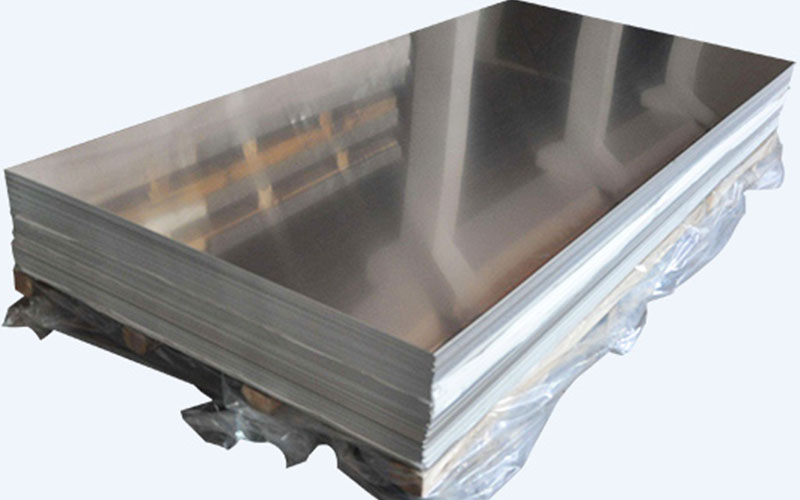
Sometimes slightly white spots or water ripple marks can be found on the surface of aluminium sheet products. The reason for this lies in wrong adoption of reagents aluminium pre-treatment. How to choose suitable reagents, then? Pre-treatment of of aluminum pates like 5052 aluminum sheet usually includes the removal of surface grease and anti-corrosion treatment. However, the selection of aluminium treatment agent still entails certain standards, so as to solve the problem of endless grease removal on aluminium surface, which seriously affects the subsequent anti-corrosion treatment effect.
How to choose aluminium oil removal agent?
The liquid oil removal agent should be of weak alkaline and do not corrode the aluminium sheet. It should not contain inorganic substances, especially sodium nitrite, sodium silicate, sodium metasilicate and sodium metasilicate. Inorganic substances such as caustic soda, sodium fluoride, sodium chloride, chromium-containing oxidizer, such as non-ferrous metal cleaning agent, neutral degreasing agent, etc.

How to choose the anti-corrosion agent after oil removal?
Because aluminium is a soft material, it is not easy to remove the oil stain immersed in aluminium by oil removal. The passivator or oxidant with oil removal function should be selected in the anti-corrosion treatment of anodized aluminum sheet. While forming a colorless passivation film, the oil stain should be completely removed. Suitable reagents are such as oil removal passivators and chromium-free degreasing oxides.
Standards for anti-corrosion and passivation reagents
1. These reagents function to remove oil pollution.
2. They should be environmentally friendly, contain no chromium ions, other heavy metals or strong copper, lead and nitric acid.
3. It’s not recommendable to use organic corrosion inhibitors that affect the binding force to prevent corrosion, such as silicate, sodium benzoate and nitrite. Sodium, emulsified wax, emulsified oil, etc.
4. After passivation, the film layer should be a colorless transparent film. There should be no white rust or black rust spots on the surface of aluminium material at the required time.
5. Acidic substances such as fluoride, which react violently with aluminium material, can not be selected.
As long as the above conditions are met, any brand of reagents can be used. It is best to select environmentally friendly, low-cost and room temperature reagents. The qualified products can be tested and screened through online inquiries. Reasonable selection of pretreatment reagents for aluminium alloys will avoid unnecessary troubles for surface and subsequent oxidation of aluminium alloys.